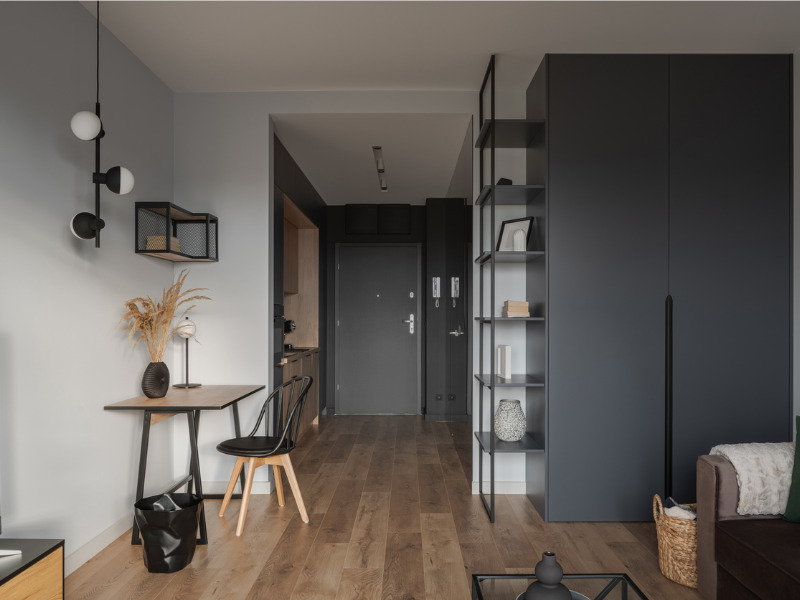Are your tenant insurance clients fully covered?

Tenant insurance premiums in Ontario rose nearly 9% year-over-year, according to a recent blog from rate aggregator LowestRates.ca.
Even though tenant insurance is one of the most cost-friendly coverages available, many renters take out the minimum coverage of $30,000 for personal belongings, calculations from LowestRates.ca showed. The replacement cost portion of most tenant insurance policies begins at $50,000, with some policies starting at $30,000.
However, the replacement cost of an average two-bedroom apartment is about $50,940, excluding tax, prompting the question of whether your tenant insurance clients are fully covered in the event of an emergency.
What’s more, this replacement cost amount just covers the basics and doesn’t include extras such as jewellery, gaming consoles, musical instruments or other items that can quickly drive up total replacement costs.
“It’s easy to underestimate the cost of replacing your belongings in case of a flood or fire,” said LowestRates.ca insurance expert Steven Harris. “Especially in an inflationary environment, replacement costs will be even higher.
“Add to that potentially having to pay for a hotel room while repairs are completed, and the total bill can easily swell beyond the minimum coverage for personal belongings.”
Beyond the cost of replacement, tenant insurance serves as a crucial stop-gap solution if you find yourself forced out of your home, LowestRates.ca said.
“We see events that happen in large, multi-unit buildings where something significant, like a power vault fire happens, and the entire building is no longer inhabitable for months at a time,” Stefan Tirschler, director of product and underwriting at Square One Insurance, said in the blog.
In the event of a fire, where fault isn’t easily assigned, the landlord is not responsible for making sure that tenants have alternate living arrangements. This means the tenants will be on the hook for hotel and transportation costs.
But with tenant insurance, loss-of-use coverage will cover additional living expenses. It will also typically include liability coverage, as well as replacement costs — either through actual cash value or replacement value.
Tenant insurance is not a legal requirement to rent an apartment, but more and more landlords are requiring their tenants to take out their own policies, LowestRates.ca reported.
Even though tenant insurance premiums increased in Ontario — to $206 as an average annual premium in 2023 from $187 in 2022 — it’s still one of the least expensive types of insurance. That said, a 2021 survey from TD Insurance found 41% of 491 Canadian renters polled did not have tenant insurance, and 51% of respondents reported they would have trouble replacing their belongings without it.
“Whether your total insured goods barely brush the lower tier of tenant insurance coverage, or if the combined value of your apartment is too high to count, you can pretty much guarantee that you can’t afford to not get insurance,” LowestRates.ca said.
Feature image by iStock.com/in4mal







